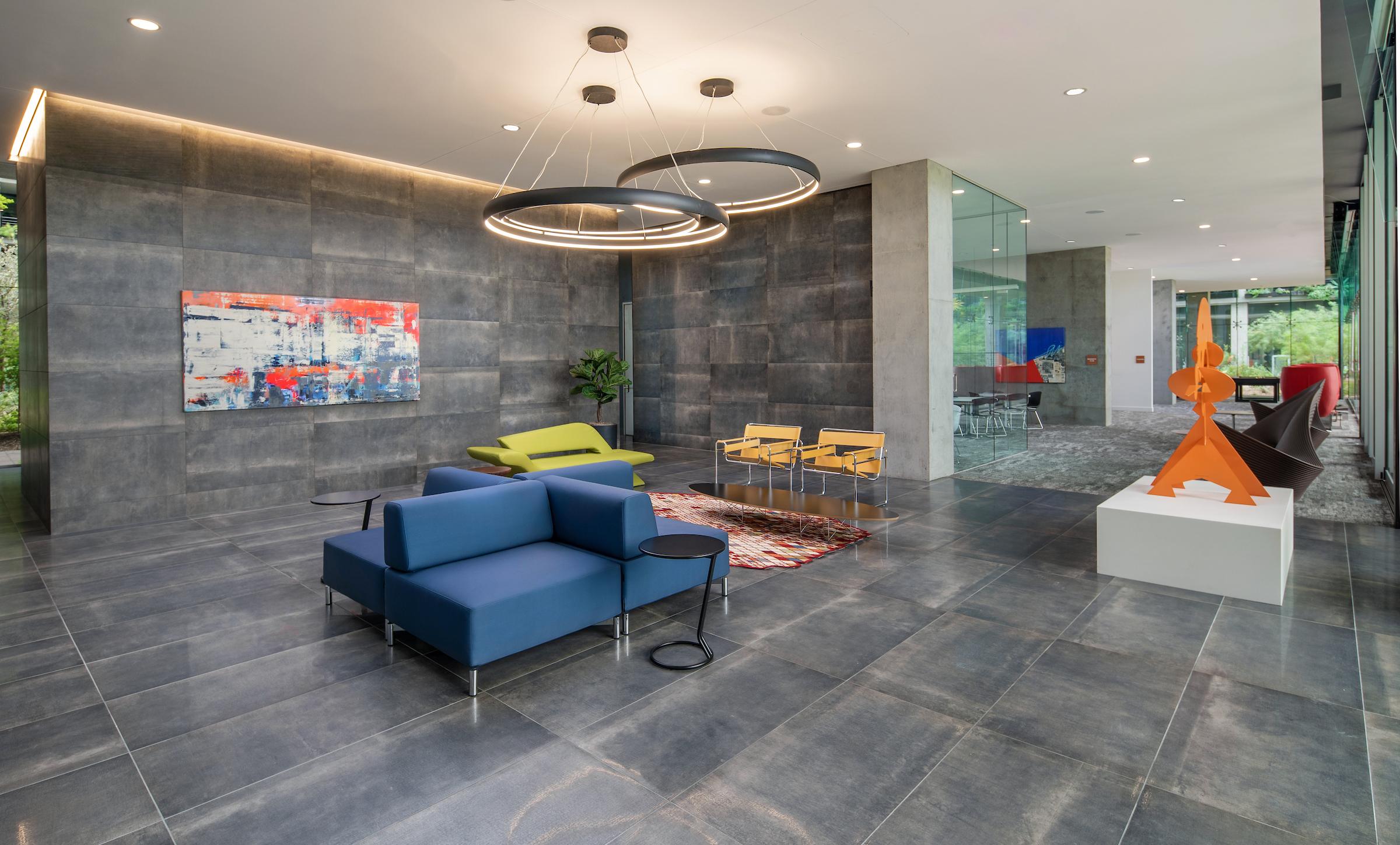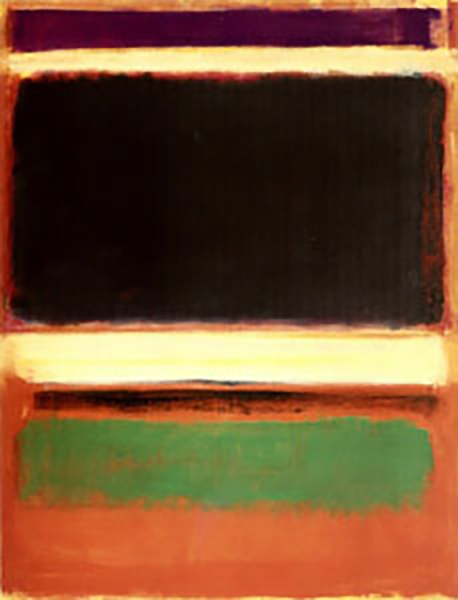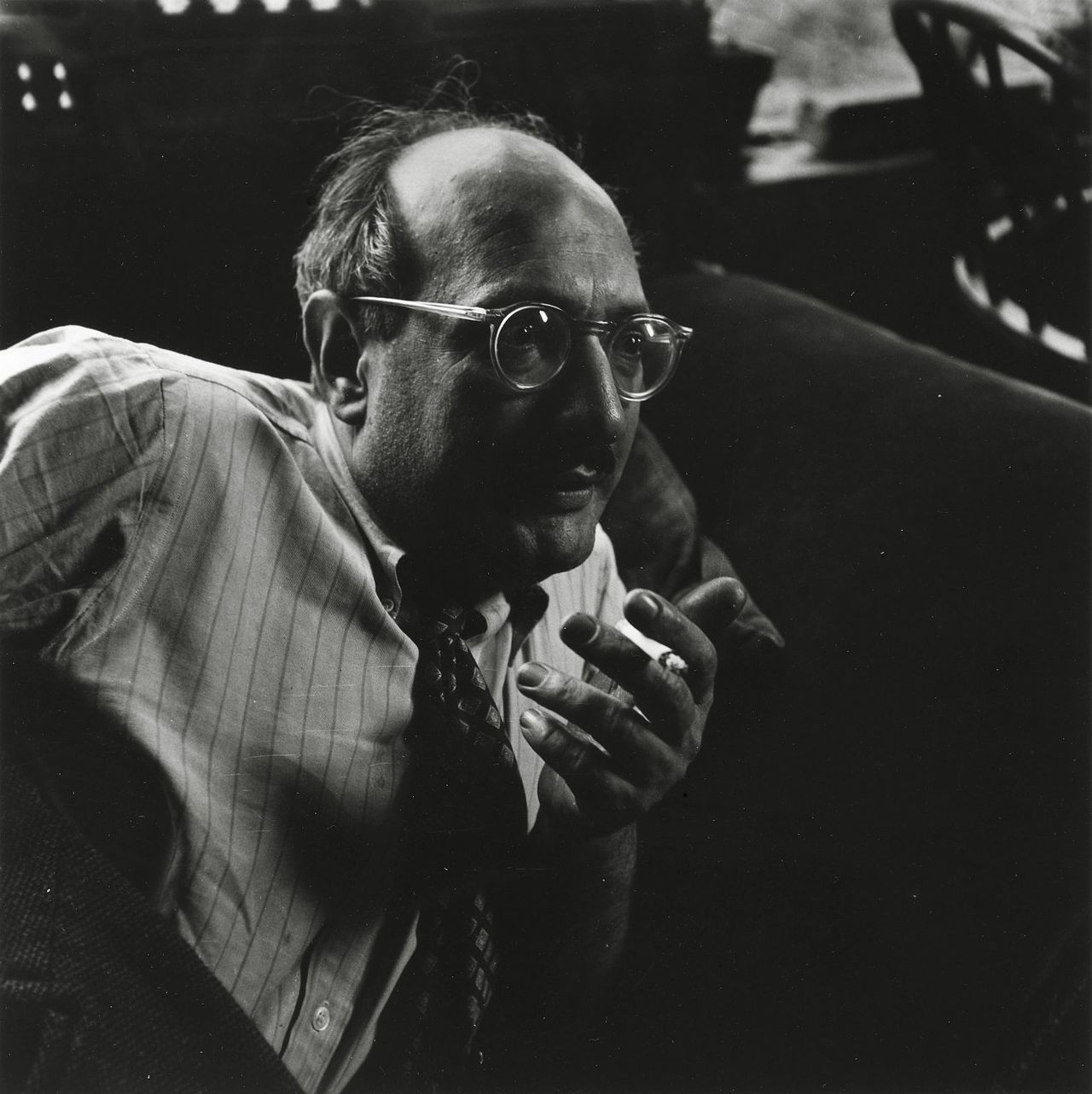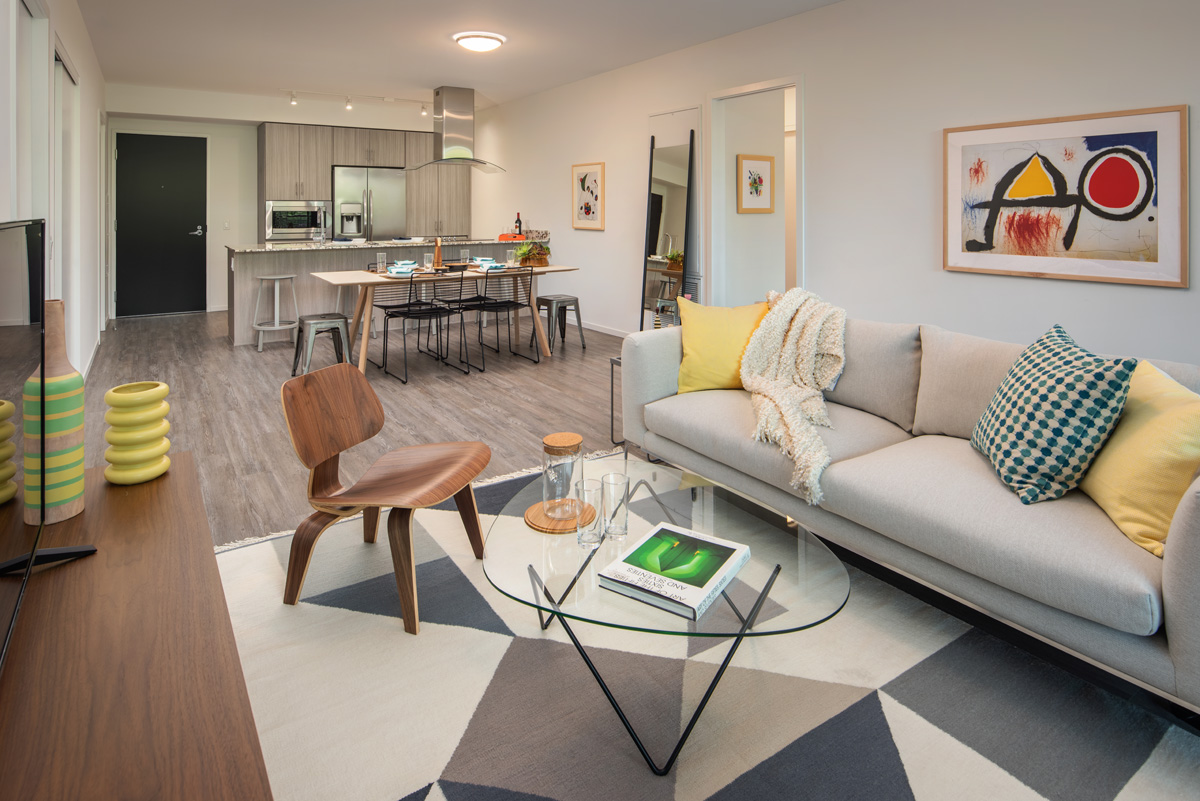No matter which Optima community you’re in, you’ll find yourself surrounded by art. Whether it’s Ellison Keomaka’s inspiring paintings found in several of our Arizona properties or the vibrant sculptures created by our CEO and Founder David Hovey Sr., FAIA, each piece of art in our communities brings with it not only a story — but a wide range of health benefits, too. Here are just a few of the benefits of living with art:
Keeps Your Mind Active
Similar to the feelings you get when you interact with a loved one, viewing art increases blood flow to the brain, kickstarting a wave of pleasure and positive memory-building while allowing the viewer to practice their cognitive skills. Whether looking at a landscape, portrait or an abstract work, because art is truly subjective, it allows the brain to explore different areas we may not use in daily life. This free-thinking stimulates the mind and strengthens it similar to the way learning a new language does.
Reduces Stress Levels
Art therapy is regularly used as a natural way to reduce anxiety and other mental disorders in everyone from children to older adults, and even if creating art isn’t your cup of tea, living with art provides the same benefits. Viewing art can calm the brain through the most trying circumstances by allowing it to focus on a singular thing. Worries and stressors are minimized as your mind directs its attention to the relaxing and often inspiring art pieces around you.
Encourages us to Emotionally Heal
Because artists use their work as a way to give shape to their ideas and emotions, living with art encourages us to explore our emotions and past experiences. By viewing art, it’s common to feel transformed and to be taken to places beyond our reality. This metamorphic experience improves well-being and, depending on the person, can be sensorially, emotionally and even spiritually mending.
Whether you need an inspiring escape, want to relive positive memories or simply crave a masterpiece of your own, the health benefits behind living with art are boundless and accessible by everyone.






